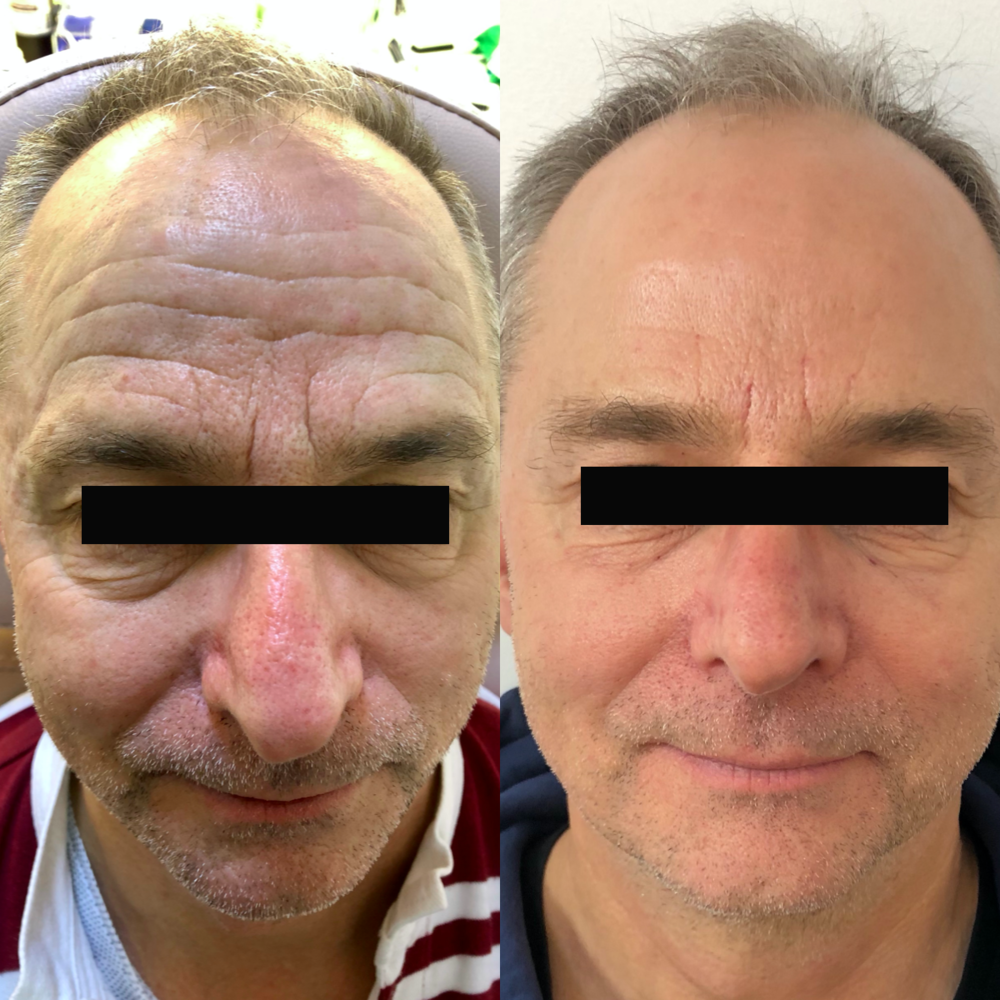With everyone from Kylie Jenner to Katy Perry admitting to having dermal fillers, this anti-ageing treatment is more popular than ever.
_____
Compared to plastic surgery, fillers are non-invasive, reversible, relatively low cost and have minimal downtime. The most natural-looking effects are achieved incrementally, with tiny, almost imperceptible adjustments.
The four major structural components of the face are skin, fat, muscle, and bone. As we get older, volume loss contributes to many of the visible signs of ageing. Bone loss in the face can lead to retraction of the jawline, descent of the nose, deeper set eyes, and loss of high cheekbones.
Our facial muscles decrease in volume and elasticity, and movement of facial fat further accentuates the appearance of sagging skin. And of course, the skin stretches due to loss of elasticity over time.
_____
How can advanced dermal fillers help reverse the signs of ageing?
Advanced dermal fillers are injectable treatments used to smooth lines and replenish lost volume, restoring a more youthful appearance. There are many brands of dermal fillers on the market, designed to target specific areas such as under the eyes, nose, jawline and chin.
When dermal fillers are applied, results appear almost immediately and the full results are visible within a week of treatment.
_____
What are advanced dermal fillers also used to treat?
There’s a tendency to think of fillers as being motivated by vanity, but in fact, they can be intrinsic to a person’s sense of self. While many of my clients aim to look better, I would argue that confidence is the single largest reason people use dermal fillers. Whilst they do reverse the signs of ageing, they are also highly effective in treating medical issues such as visible scarring or facial asymmetry.
For some patients, fillers can make a huge difference to their appearance, making them feel accepted by society. People should not feel embarrassed, but rather, empowered in their decision to do whatever they want to improve their appearance in a quest for confidence.
“For some patients, fillers can make a huge difference to their appearance, making them feel accepted by society.”
— Dr O’Gorman
_____
How do advanced dermal fillers differ from dermal fillers?
Whilst all dermal filler treatments can be considered advanced, advanced treatments involve higher risk areas that require greater expertise to apply.
Higher risk areas are those within proximity to arterial pathways. To treat these areas requires heightened safety precautions and anatomical knowledge. This is to avoid a ‘vascular event’ which is when the dermal filler is mistakenly injected into an artery, causing arterial blockage and tissue break down distal to the blockage. Such complications are rare but when they do occur they require immediate management.
Any practitioner performing dermal filler treatments should know the signs of this complication and should carry the hyaluronidase product used to dissolve the dermal filler. Always ask your practitioner whether they can manage potential complications confidently and whether they carry a filler dissolving product.

_____
Who to consult for advanced dermal fillers
Injecting dermal fillers is a medical procedure that can only be undertaken under the supervision of an authorised prescriber such as a medical practitioner.
The application of advanced dermal fillers requires greater visual creativity. This includes filler sculpting of the chin and jawline, filler rejuvenation of the under-eye area, and filler sculpting of the cheekbones.
Areas that require a practitioner to have in-depth experience to minimise vascular event risk includes filler treatments to the nose, to the frown area, to the forehead, to the temples and to the nasolabial and marionette folds.
_____
Questions to ask during your consultation
Anyone that performs a cosmetic injection must have extensive knowledge of facial anatomy, as well as the required training and experience.
Due to legislation and regulations governing the advertising of therapeutic goods, product information such as the brand name and substances cannot be advertised. You can ask your medical practitioner for this information. Identifying the name of the product will allow you to search the Australian Register of Therapeutic Goods (ARTG) on the TGA website, to make sure that product is approved for your procedure. The prescriber should know whether the product being used is approved.
Be aware of heavily advertised and discounted procedures. Ask the right questions to make sure you’re comparing ‘like with like’ when researching clinics and doctors.
Finally, advanced dermal fillers should only be administered by an experienced practitioner who can achieve maximum rejuvenation without excess product. There are also areas that are treated with less frequency such as the neck, hands, knees, and elbows. These treatments should only be performed by practitioners who are active in treating these areas with reasonable frequency.
